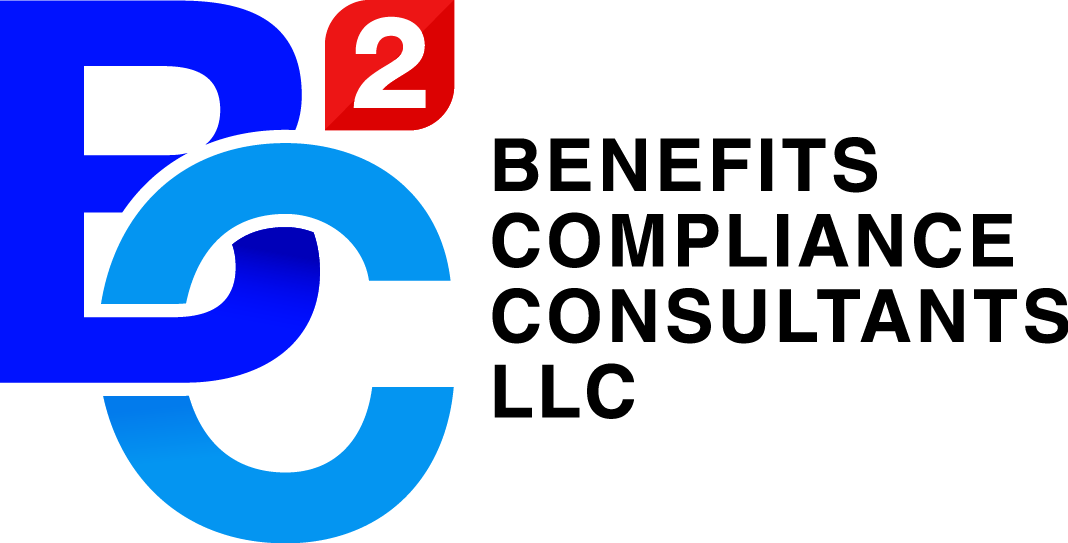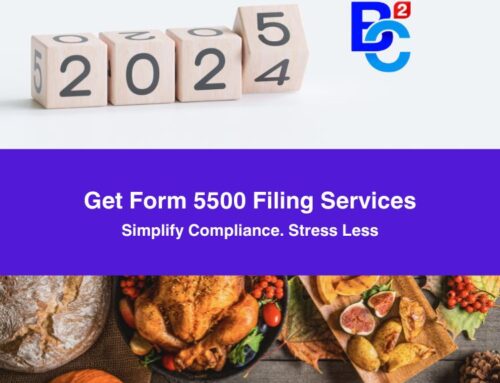Benefit plan penalties could soon see an upward adjustment to account for inflation. Most of these benefit plan penalties have not seen any updates for years. It is the duty of benefit plan managers to ensure that their benefit plans meet all employee-notice and administrative requirements. Failure to meet the requirements will attract higher penalty assessments.
On the first of July, an interim final rule was published by the United States Department of Labor (DOL). It contains the list of adjusted penalty amounts for those contravening the Employee Retirement Income Security Act (ERISA), the Fair Labor Standards Act (FLSA), the Family and Medical Leave Act (FMLA), among other employee benefit as well as pay laws and statutes.
According to Kim Buckey, DirectPath’s Vice President of compliance communication-based in Birmingham, the list of adjusted penalties will see agencies increase their efforts towards enforcement. DirectPath is an employee engagement as well as a healthcare compliance firm. She also pointed out that employers should take this as a significant sign to make them look into their processes and notices to ensure that they comply.
Penalty assessments arise following a complaint filed by an employee. They also arise when agencies find any shortcomings during routine audits or other forms of investigations. According to Buckey, employers would be at an advantage if they were to detect these problems and address them rather than being caught unaware.
Various government departments will be involved in assessing the new penalties. These include the Department of Labor (DOL), the Equal Employment Opportunity Commission (EEOC), and the Internal Revenue Service (IRS), among others. The assessment begins on August 1 and will cover violations that took place after November 2, 2015.
These penalties will now be subject to annual inflation adjustments. The adjustments will be linked to the consumer price index, which will be announced on or before January 15 each year. The increase in penalties will reflect the period of time they have not had any change, with some being last adjusted back in 1997 and others in 2003.
Employee Notices
When it comes to employee notices, requirements for summary plan descriptions, as well as health plan summaries of plan descriptions, are well-known to plan sponsors.
However, one area where employers lack awareness is regarding availing information on available State CHIP (Children’s Health Insurance Plan) coverage opportunities. It is the duty of the employer to issue annual notices to employees informing them of the available coverage opportunities.
Failure to provide this information to employees attracts a penalty of $110 per employee per day, up from $100. According to Buckey, utilizing a long list of penalties can aid in checking that employers meet all requirements. She also adds that employers could produce and issue annual legal notices brochures, ensuring all are captured and sent out.
Self-Audits
This is an opportune time for employers to self-audit the practices involved in ensuring plan compliance. This would include gathering all the necessary documentation and ensuring that all required administrative processes are being followed.
When it comes to the late filing of Form 5500, the employer is charged $10 per employee per day if they can identify it and file correctly under the delinquent filer program offered by the DOL. Also, the upper cap limit is $2,000.
However, if the agencies do the uncovering, the maximum penalty lies at $2,063 per day, this having risen from $1,000. Also, there is no upper cap limit.
Also, according to Buckey, employers can prove good-faith effort if they are found fixing an error that they uncovered. This is likely to lead to a lower assessment. When applying a penalty, agencies look for various factors. These include:
1. The seriousness of the employer’s misconduct.
2. The employer’s violation history.
3. Nature of the violation: whether accidental or intentional.
Buckey continues to advise employers to get to the root cause of errors. If for example, a pattern of errors is unearthed, the employer should look into the pattern of errors and why it occurred.
Self-audits present a good opportunity to examine the strength of the employer’s communication and processes. For example, when sending out a notice, an employer should be in a position to provide an adequate explanation of what the notice means and how it relates to the cover being offered by the company.
Get the help you and your company needs by contacting BC2.





